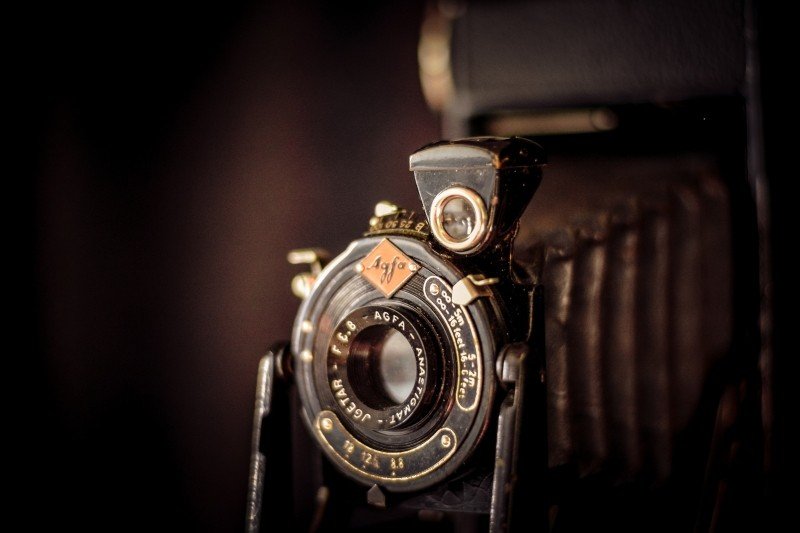The decision to use images in your legal blog post is a significant one. There are numerous perks to including a picture:
- An image breaks up what would otherwise be a wall of text in the blog post, making it less intimidating for readers
- When you tout your article on social media, the post will include an image that more than doubles the post’s engagement
- Images can score SEO points
- You can use them to build your law firm’s character and brand
But there are also several negatives to using images in your legal blog post, as well as several dangers. Not the least of these potential problems is the fact that finding a good image for your legal blog post can take time. It can also be legally problematic because of image licenses and trademarks.
Here’s where to find images that you can use in your legal blog.

8 Places We Recommend to Find an Image for Your Legal Blog Post
The following websites host images that we regularly turn to when we need an image for a legal blog post:
- Pixabay hosts over a million images on its website from thousands of photographers. All of the pictures are royalty free, so you don’t have to worry about captioning or crediting a picture you find, here.
- Pxhere has a very similar model to Pixabay – lots of images from contributing photographers, all of which are royalty free. We prefer Pixabay, though, because the search function tends to get better and more relevant results.
- Pexels is also in the same mold as Pixabay and Pxhere. Huge collection of images from contributing photographers.
- Unsplash is also similar to the above sites. It has become the stock photo source of choice for self-publishing sites like Medium.
- MorgueFile is a smaller collection, but worth a check if you’re struggling to find what you’re looking for on other sites.
- VisualHunt is another online collection of images from contributing photographers. The collection is smaller, but tends to house pictures that are far more artistic than other websites. You can filter out images that are not available for commercial use.
- PikWizard is a new addition to the stock photo field. The free images are interspersed among “premium” pictures that come from other sites. For law firms that really want to get serious, there’s a photo editing tool called Design Wizard attached, as well.
- PublicDomainPictures is (as you might have guessed) a collection of images that are in the public domain. The quality can be second-tier and there are a lot of aggressively stock photos on it, but this is a great place to go for older pictures.
3 Sites You Can Find Legal Blog Images, But Which We Don’t Recommend
There are plenty of other sites on the internet that house images that you can use for your legal blog, but that we don’t recommend for one reason or another. They are:
- Wikimedia Commons. This is the database of images that Wikipedia pulls from. The images tend to be much less professional because literally anyone can contribute, and frequently overlook trademarks in the image. Because there are so many pictures in here, the search function can only do so much. It can also take several clicks to find the license of a particular image, making it more time-intensive to find something you can use in a legal blog post.
- Flickr. Possibly the largest collection of photos on the web. However, they often require attribution, which can be a pain on a legal blog post, and many are not allowed for commercial use. You are bound to find the perfect picture for your post, only to discover that you can’t use it under its license.
- Creative Commons Search. This image-specific search engine looks to a variety of sources for “openly licensed and public domain works.” However, it does not verify whether the images are correctly licensed. More than half of the images it finds come from Flickr, and most of these have image licenses that are far more restrictive. While it seems like CC Search is a gold mine of pictures you can use, we have found it is more like a land mine of potential liability.